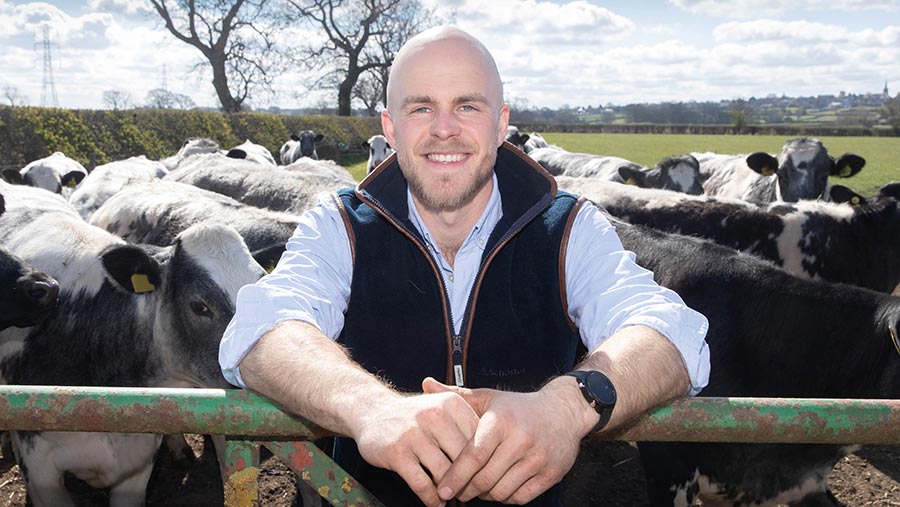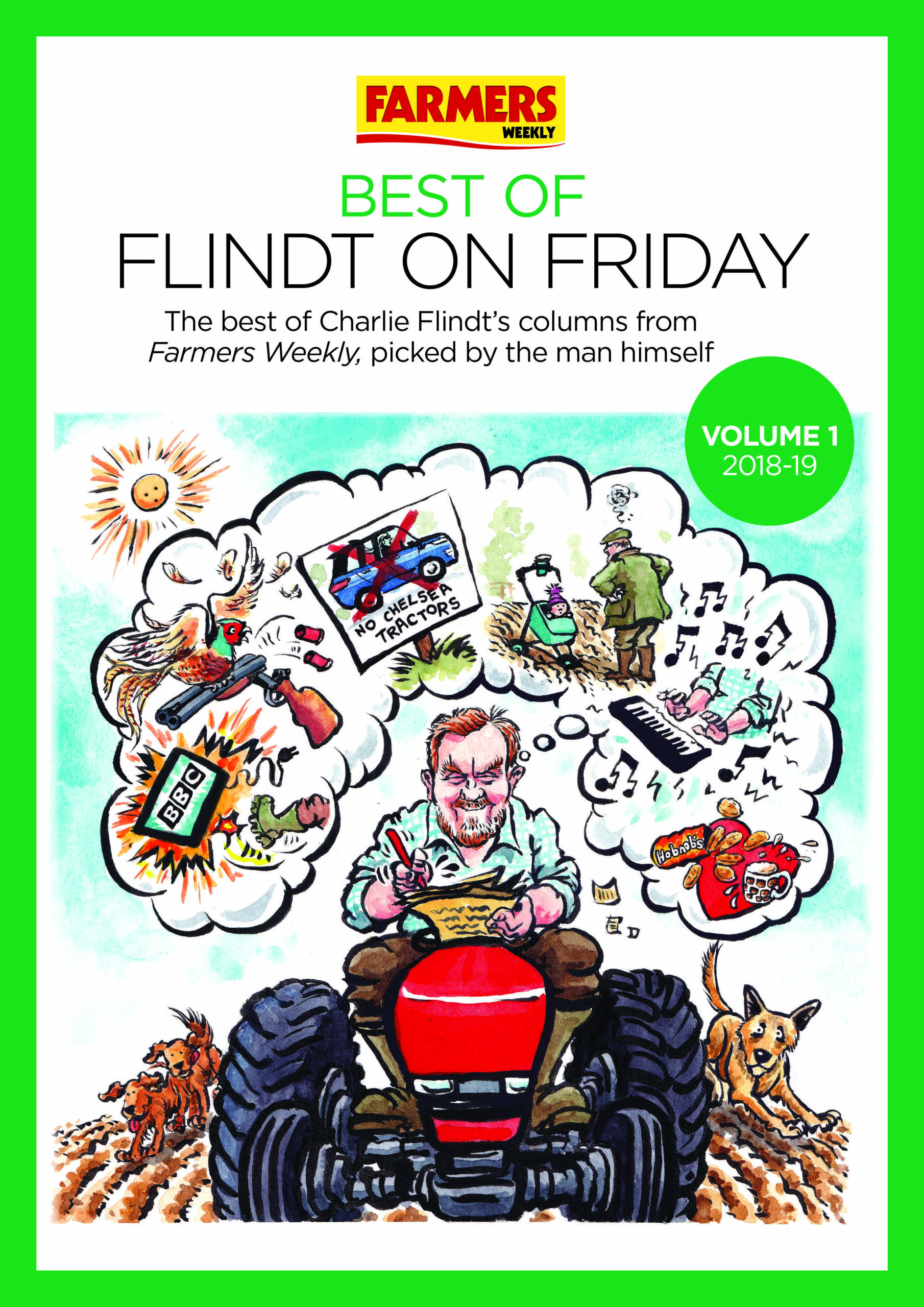James Herrick: Less topping means more wildlife
 © Tim Scrivener
© Tim Scrivener It is no secret that I have a penchant for a stiff-bristled brush or that I pride myself on cutting flat hedges, drilling straight tramlines and maintaining a tidy yard.
To me, these are a few of the points that I consider to be instrumental in ensuring my farm makes the right impression to anyone who passes by.
That said, I do believe that there is such a thing as excessive farm tidiness, and it is a trap that many of us fall into during the pre-harvest spruce-up.
At this time of year, I often catch my thoughts drifting towards the many pairs of grey partridge that call our farm home. Where are their nests? Have they hatched successfully? How is the weather affecting the chicks?
See also: James Herrick – now is the time to respond to our critics
It is well documented that grey partridge are an incredible barometer for the health of farm ecosystems, with their success more often than not having a trickle-down effect on other farm wildlife.
As seemingly insignificant as the humble farm track can be, it is a vital piece of habitat that should not be overlooked
This is why I find it upsetting to see farmers donning the topper at this time of year to turn a farm track or field corner into something resembling the Augusta golf course or Wembley Stadium.
I experience an indescribable feeling of despair when I stumble across a perfect piece of nesting or brood-rearing habitat that has succumbed to the plight of an overenthusiastic flail mower operator.
It is something that I am unfortunately beginning to see all too regularly.
Farming practices have been blamed for the dramatic decline in farm wildlife over the past 50 years, yet some of our actions hardly aid our defence.
I am proud of the fact we run an extensive stewardship scheme over our land.
This has helped us create an abundance of winter bird feed, wildflower margins and riparian strips interconnected with wildlife corridors that benefit everything from insects to raptors.
However, you do not have to go to this extreme to do your bit. As seemingly insignificant as the humble farm track can be, it is a vital piece of habitat that should not be overlooked.
So why not set a new pre-harvest resolution and leave the topper in the shed for a little longer?


